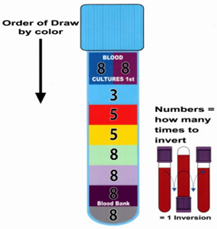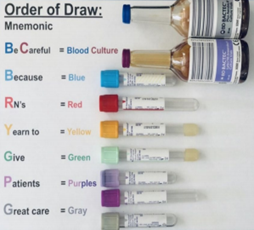



| Transport Instructions | |||
| Collection Location | Transport Temperature | Processing Required | Timeframe |
| ED/Inpatient | Room Temperature | None | Specimen must be received by the lab within 4 hours of collection |
| Laboratory/ Outpatient/ Off-Site |
Room Temperature | None | Specimen must be received by the lab within 4 hours of collection |
| Frozen at -70°C (Dry Ice) |
Centrifuge, separate from cells. Repeat twice. Send double-spun plasma aliquot. |
Specimen must be received by the lab within 6 months of collection | |




| Ordering |
| Collection |



| Transport Instructions | |||
| Collection Location | Transport Temperature | Processing Required | Timeframe |
| ED/Inpatient | Room Temperature | None | Specimen must be received by the lab within 4 hours of collection |
| Laboratory/ Outpatient/ Off-Site |
Room Temperature | None | Specimen must be received by the lab within 4 hours of collection |
| Frozen at -70°C (Dry Ice) |
Centrifuge, separate from cells. Repeat twice. Send double-spun plasma aliquot. |
Specimen must be received by the lab within 6 months of collection | |




| Result Interpretation |